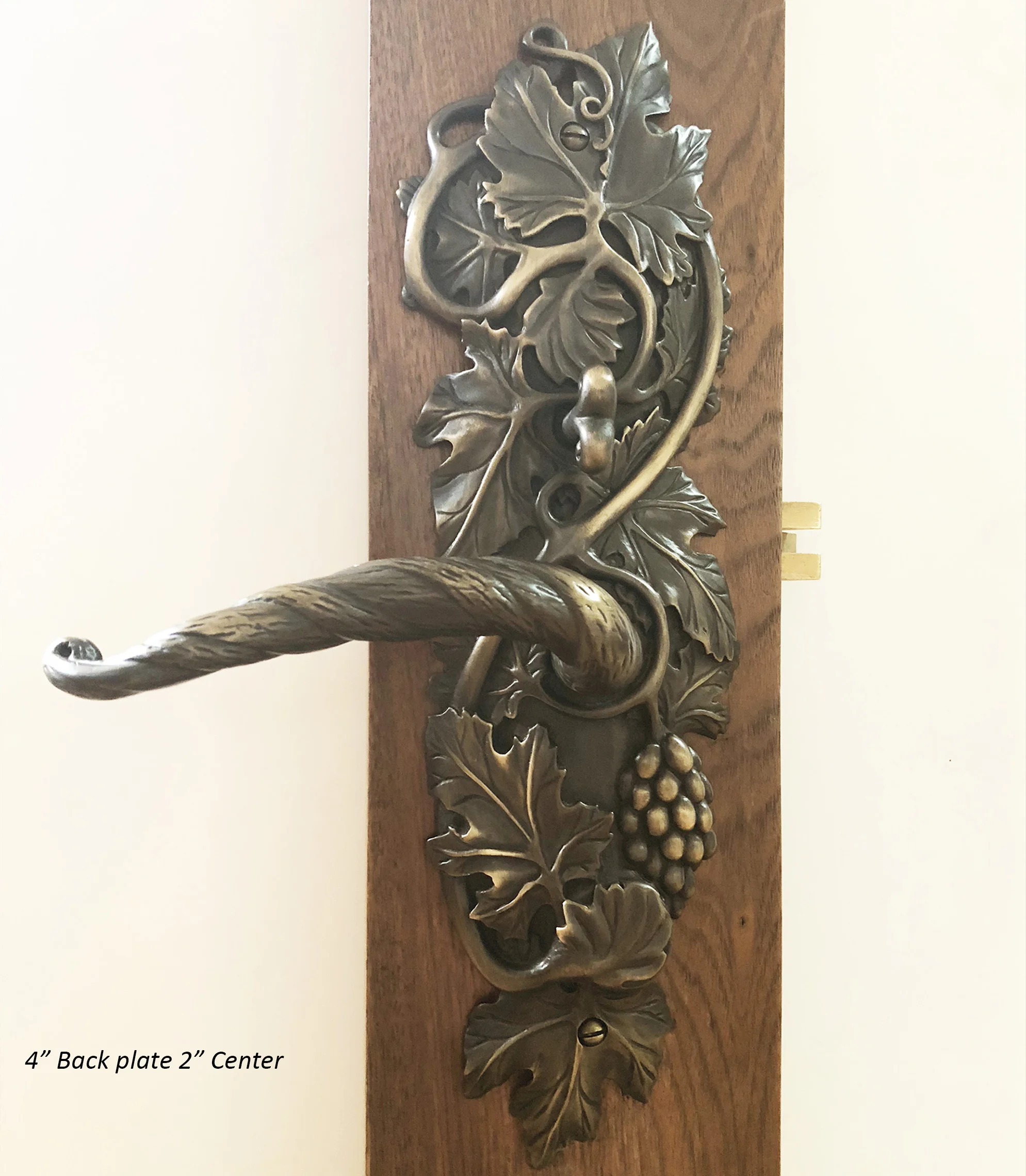Local Wine Country
Hiking in Santa Monica Wine Country
As I am not a wine connoisseur, I did not associate the Santa Monica Mountains with wine tasting and was skeptical about making a date for a 2.5 hour tour in the hills.
However, as the journey through the marine layer of the lowlands made way for the blue sky and sun of Kanan Dume Canyon, so did my expectations. The drive up this canyon is spectacular, the rugged brush terrain is dotted with flowering yuccas, poppies and mustard brush and Malibu beach sparkles blue in the distance.
“Malibu Wine Hikes” is tucked away up a small road where west Mulholland Highway intersects Zuma Ridge Fire Rd. The site sits just below Saddle Rock and with an astounding 1,000 acres and an elevation at it’s peak of 2,000 ft offers a panoramic view stretching from Westlake Village to Point Magu. Saddle Rock sitting at 2,800 is a well-known landmark most Los Angelenos know by name if not sight and is a rock that has for centuries figured in the indigenous Chumash culture.
Recently planted vines in the foreground with Mitten Rock in the background
Saddlerock Ranch is the location of Malibu Wine Hikes and is an industrious farm and winery that was established by Ron Stemler who planted the first Sauvignon Blanc vines. When the vine population was expanded to include red grapes, the winery established its reputation for wonderful Malbec and Cabernet Sauvignon wines.
The 2.5 mile hike took me through acres of vines that had been recently planted in the wake of the devastating Woolsey fire that decimated the ranch crops and buildings in 2018. Thankfully, the resilience of nature has all but removed most reminders of the fire apart from the stone ruins of the family home and some scarred avocado and oak trees.
In the Martin Pierce collection of vine door and cabinet hardware our inspiration for the pieces came from both the lithe green vines as well as the more woody old growth vines.









